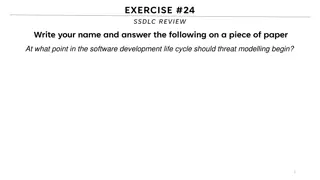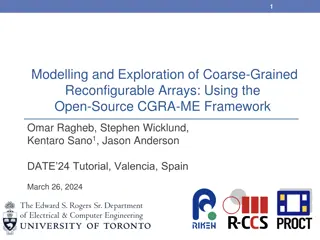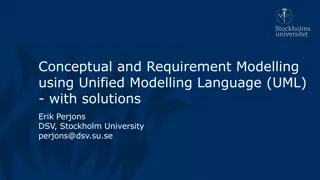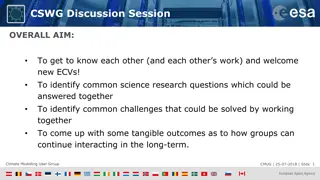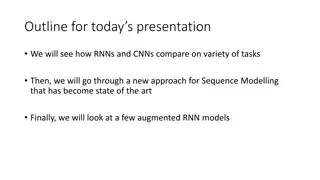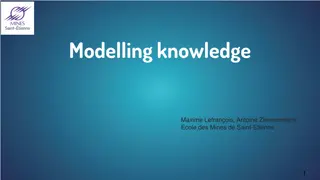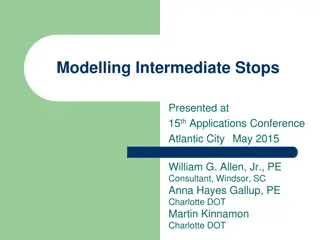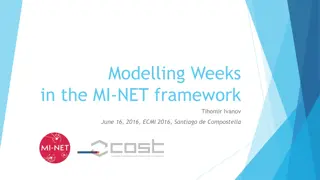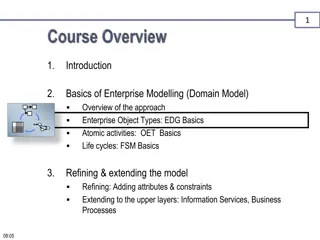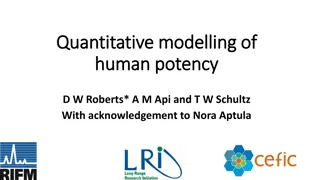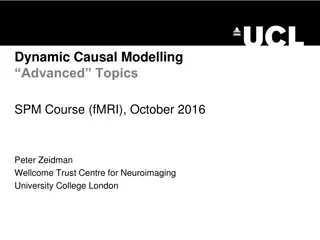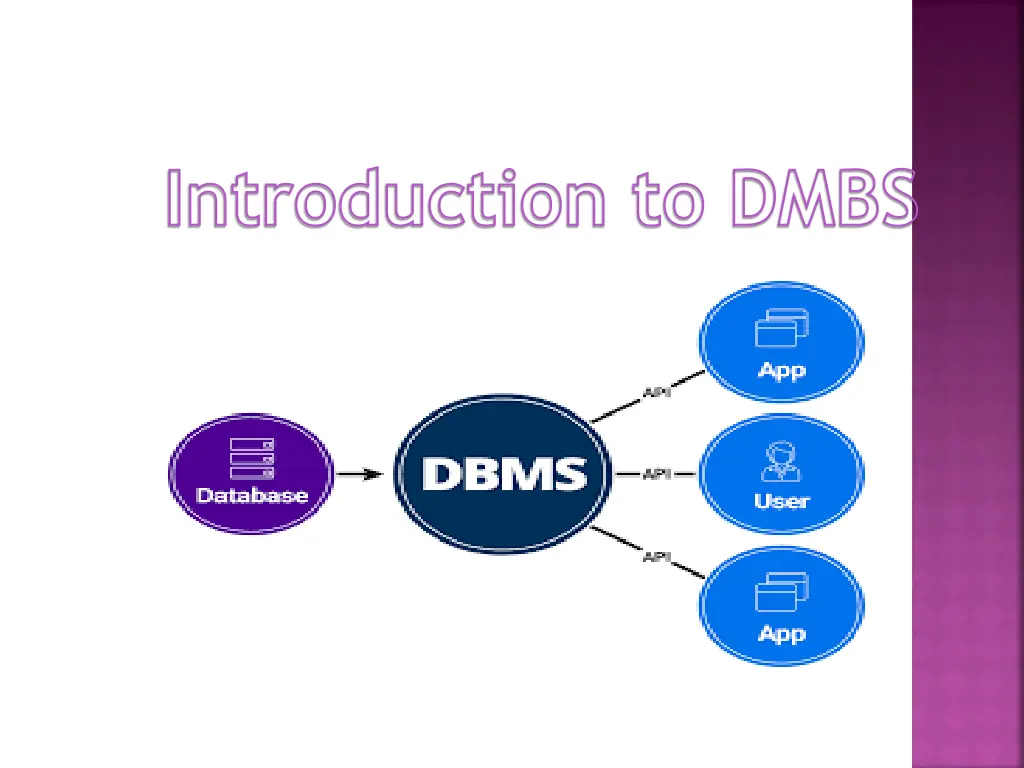
Understanding Database Management Systems
Dive into the world of Database Management Systems (DBMS) with this comprehensive introduction. Learn about the structure, purpose, and key differences between file management systems and DBMS. Explore data abstraction, data models, and the essential components of an Entity-Relationship (E-R) model. Gain insights into the optimization of storage and retrieval of data in database systems.
Download Presentation

Please find below an Image/Link to download the presentation.
The content on the website is provided AS IS for your information and personal use only. It may not be sold, licensed, or shared on other websites without obtaining consent from the author. If you encounter any issues during the download, it is possible that the publisher has removed the file from their server.
You are allowed to download the files provided on this website for personal or commercial use, subject to the condition that they are used lawfully. All files are the property of their respective owners.
The content on the website is provided AS IS for your information and personal use only. It may not be sold, licensed, or shared on other websites without obtaining consent from the author.
E N D
Presentation Transcript
Database Database is a collection of interrelated data which helps in efficient retrieval, insertion and deletion of data from database and organizes the data in the form of tables, schemas and reports.
Database Management System DBMS= DATABASE + MANAGEMENT SYSTEM DBMS is a collection of interrelated data and set of programs to store and access those data in an easy and efficient manner. DBMS provide storage, retrieval, updation and deletion of data in an organized manner,
Database system are basically developed for large amount of data. When dealing with huge amount of data, there are two things that require optimization: Storage of data Retrieval of data
Difference between File management system and DBMS DATABASE MANAGEMENT SYSTEM FILE MANAGEMENT SYSTEM It is a software that manage and organize the file in a storage medium in a computer. Redundant data can be managed. It doesn t provide backup and recovery. It is less complex when compared to DBMS. It is less expensive. DBMS is a software that manage the database. There is no redundant data present in DBMS. It provide backup and recovery of data even if it is lost. It is more complex. It is expensive.
DATA ABSTRACTION A major purpose of database system is to provide users with an abstract view of data i.e. the system hides certain details of how the data are stored and maintained. Levels of Data Abstraction Physical level- it is the lowest level of data abstraction that describe how the data is actually stored. Logical level- it is the next higher level of abstraction that describe what data are stored and what relationship exists among data. View level- it is the highest level of abstraction that describe only part of the entire database.
DATA MODELS ENTITY RELATIONSHIP MODEL RELATIONAL MODEL HIERARICHAL MODEL NETWORK MODEL
E-R model The entity relationship model consits of a collection of basic objects called entities and relationship among these entities. E-R model has the following three components: Entities: Entity is a real-world thing. It can be a person, place, or even a concept. Attributes: An entity contains a real-world property called attribute. This is the characteristics of that attribute. Relationship: Relationship tells how two attributes are related.
RELATIONAL model The relational model represents data and relationship among data by a collection of tables, each of which has a number of column with a unique name. In this model, the data is maintained in the form of a two- dimensional table. All the information is stored in the form of row and columns. EMP_ID EMP_NAME MOBILE SALARY JOB NAME A001 JOHN 9155456551 70000 ENGINEER A002 ADAM 2145863245 80000 ANALYST A003 CANDY 4559663214 89000 MANAGER
Hierarchical model Hierarchical Model was the first DBMS model. This model organizes the data in the hierarchical tree structure. The hierarchy starts from the root which has root data and then it expands in the form of a tree adding child node to the parent node.
Network model This model is an extension of the hierarchical model. This model is the same as the hierarchical model, the only difference is that a record can have more than one parent. It replaces the hierarchical tree with a graph.
Schema The overall design of a database is known as schema. External level External level Conceptual level Internal level Database
Data Independence The ability to modify the physical schema in one level without affecting the schema definition in the next higher level is called data independence. Levels of data independence: Physical data independence Logical data independence
Database users Naive / Parametric End Users : Parametric End Users are the unsophisticated who don t have any DBMS knowledge but they frequently use the data base applications in their daily life to get the desired results. Ex- Railway s ticket booking users are naive users. Sophisticated Users : Sophisticated users can be engineers, scientists, business analyst, who are familiar with the database. They can develop their own data base applications according to their requirement. They don t write the program code but they interact the data base by writing SQL queries directly through the query processor.
Database users Application Program : Application Program are the back end programmers who writes the code for the application program. They are the computer professionals. These programs could be written in Programming languages such as Visual Basic, Developer, C, FORTRAN, COBOL etc. Data Base Designers : Data Base Designers are the users who design the structure of data base which includes tables, indexes, views, constraints, triggers, stored procedures. He/she controls what data must be stored and how the data items to be related.




